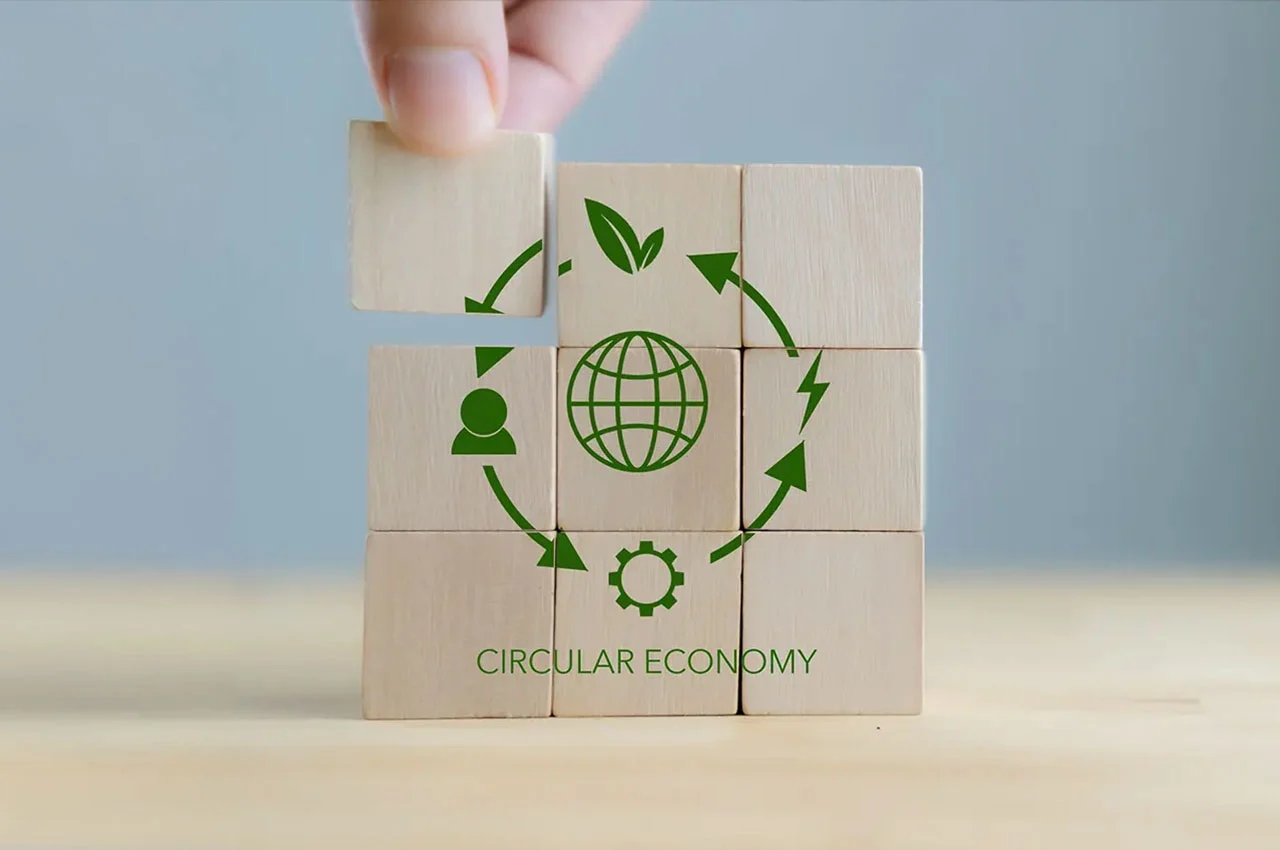- Home
- Circular Economy
Frequently Asked Questions

It shows of all the materials used in the global economy only 7.2% are effectively recycled or reused in a circular manner. (Circularity Gap Report, 2023)
PaaS is a circular economy model where products are provided as a service rather than being sold as physical items. This approach promotes sharing, repair, & leasing, reducing the need for continuous production of new goods.
Planetary boundaries are key environmental limits that measure the health of the planet across areas such as land, water & air. Latest study published in the journal Nature shows that human activities have pushed 7 out of 8 planetary boundaries out of their “safe & just limits” into risk zones.
Here resources are extracted impacting earth’s regenerative capacity & at this pace it’s not sustainable. These are further discarded as waste, depleting natural resources, which harms species, pollutes soil & water with toxins, & contributes to global warming.
It looks at waste as an error of design. This conserves resources, reduces waste, lowers energy requirement, mitigates the pollution challenge & it’s the promising way forward to address the global challenge of climate change.
Did you Know
- Global Trends
- Throwaway economy
- Earth’s capacity to provide breached
Using 1.6 Earths’ resources, we exceed our planet’s bio-capacity. Urgent transition to circular supply chains is necessary to achieve IPCC’s 43% carbon emission reduction target by 2030 compared to 2010, Earth Overshoot Day must be delayed by 19 days annually for 7 years.
- Leading countries in circularity
Finland leads in sustainable design and resource efficiency with its pioneering programs and the first circular economy roadmap. The Netherlands is renowned for its comprehensive circular economy policies, providing a clear roadmap towards achieving circularity by 2050.
- Adverse effect on Planet & Economy
The prevailing linear economic model, driven by extraction, contributes to 53% of global carbon emissions and over 80% of biodiversity loss (UNEP). Despite the population doubling since 1970, resource extraction rates have tripled, as indicated by the Global Resources Outlook.
